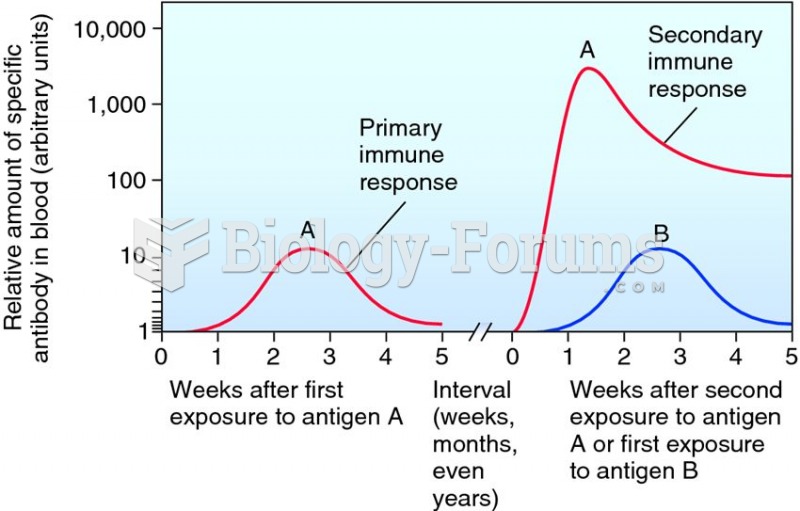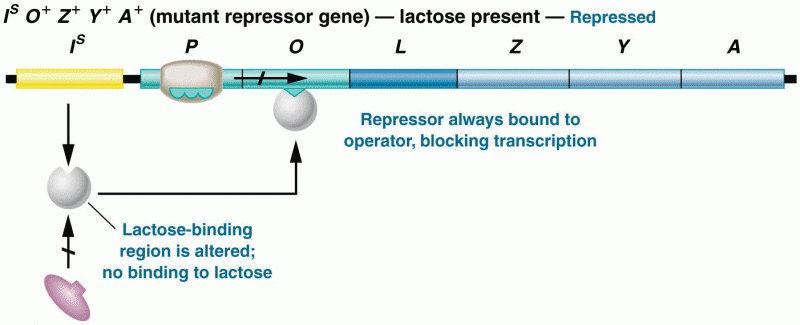Answer to Question 1
Correct Answer: 1
Rationale 1: This medication is a biologic response modifier and the nurse would expect to find this on the MAR.
Rationale 2: This medication is an immunosuppressant not a biologic response modifier.
Rationale 3: This medication is an immunosuppressant not a biologic response modifier.
Rationale 4: This medication is an immunosuppressant not a biologic response modifier.
Global Rationale: Aldesleukin (Proleukin) is a biologic response modifier and the nurse would expect to find this on the MAR. The other medications listed are immunosuppressant agents and the nurse would not expect to find this on the MAR.
Answer to Question 2
Correct Answer: 1, 2, 3
Rationale 1: The Centers for Disease Control and Prevention (CDC) recommends the vaccine for laboratory personnel who work with anthrax, military personnel deployed to high-risk areas, and those who deal with animal products imported from areas with a high incidence of the disease.
Rationale 2: The Centers for Disease Control and Prevention (CDC) recommends the vaccine for laboratory personnel who work with anthrax, military personnel deployed to high-risk areas, and those who deal with animal products imported from areas with a high incidence of the disease.
Rationale 3: The Centers for Disease Control and Prevention (CDC) recommends the vaccine for laboratory personnel who work with anthrax, military personnel deployed to high-risk areas, and those who deal with animal products imported from areas with a high incidence of the disease.
Rationale 4: The Centers for Disease Control and Prevention (CDC) recommends the vaccine for laboratory personnel who work with anthrax, military personnel deployed to high-risk areas, and those who deal with animal products imported from areas with a high incidence of the disease.
Rationale 5: The Centers for Disease Control and Prevention (CDC) recommends the vaccine for laboratory personnel who work with anthrax, military personnel deployed to high-risk areas, and those who deal with animal products imported from areas with a high incidence of the disease.
Global Rationale: The Centers for Disease Control and Prevention (CDC) recommends the vaccine for laboratory personnel who work with anthrax, military personnel deployed to high-risk areas, and those who deal with animal products imported from areas with a high incidence of the disease. This vaccine is not recommended for all health care personnel or for all children.







